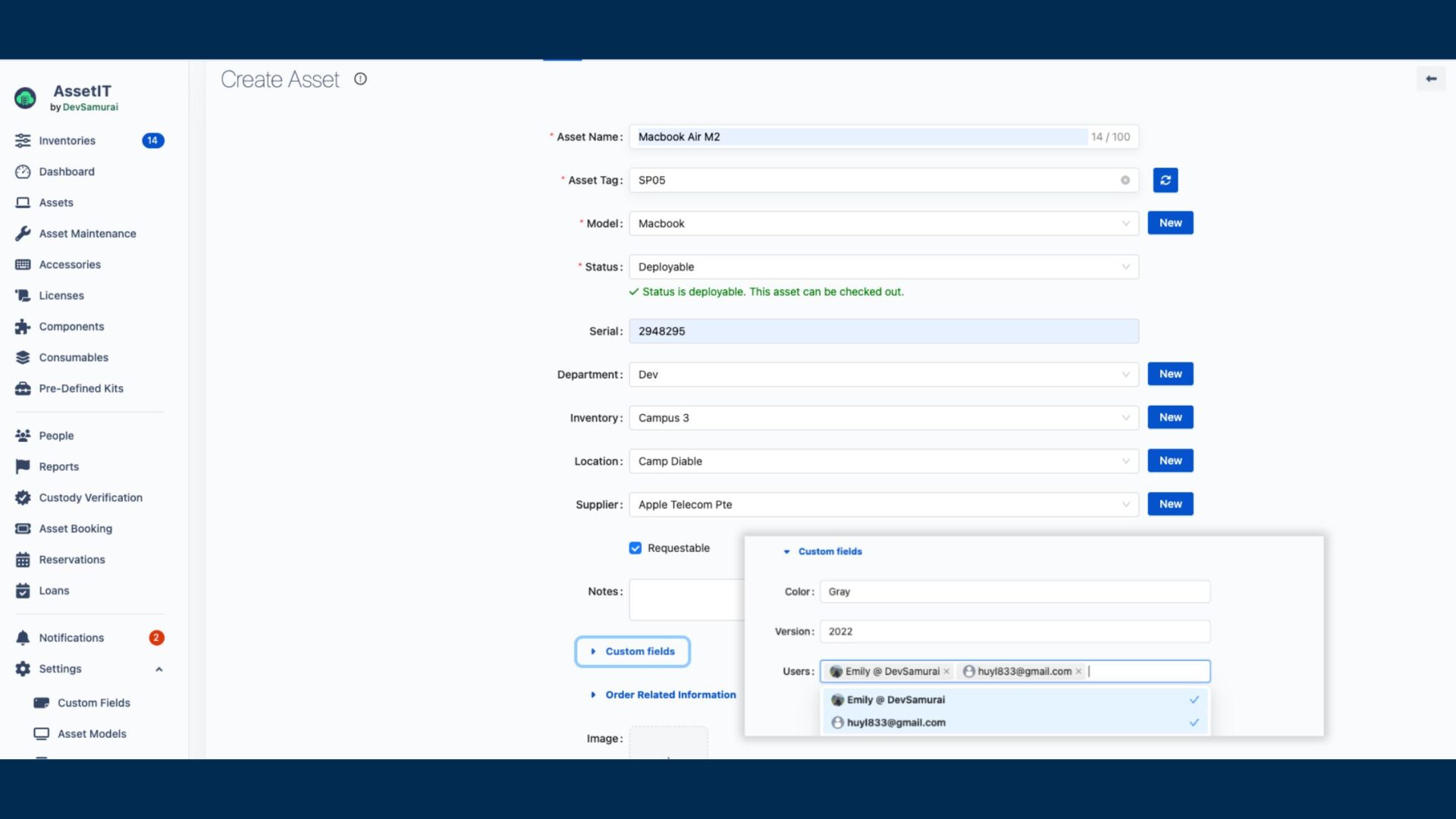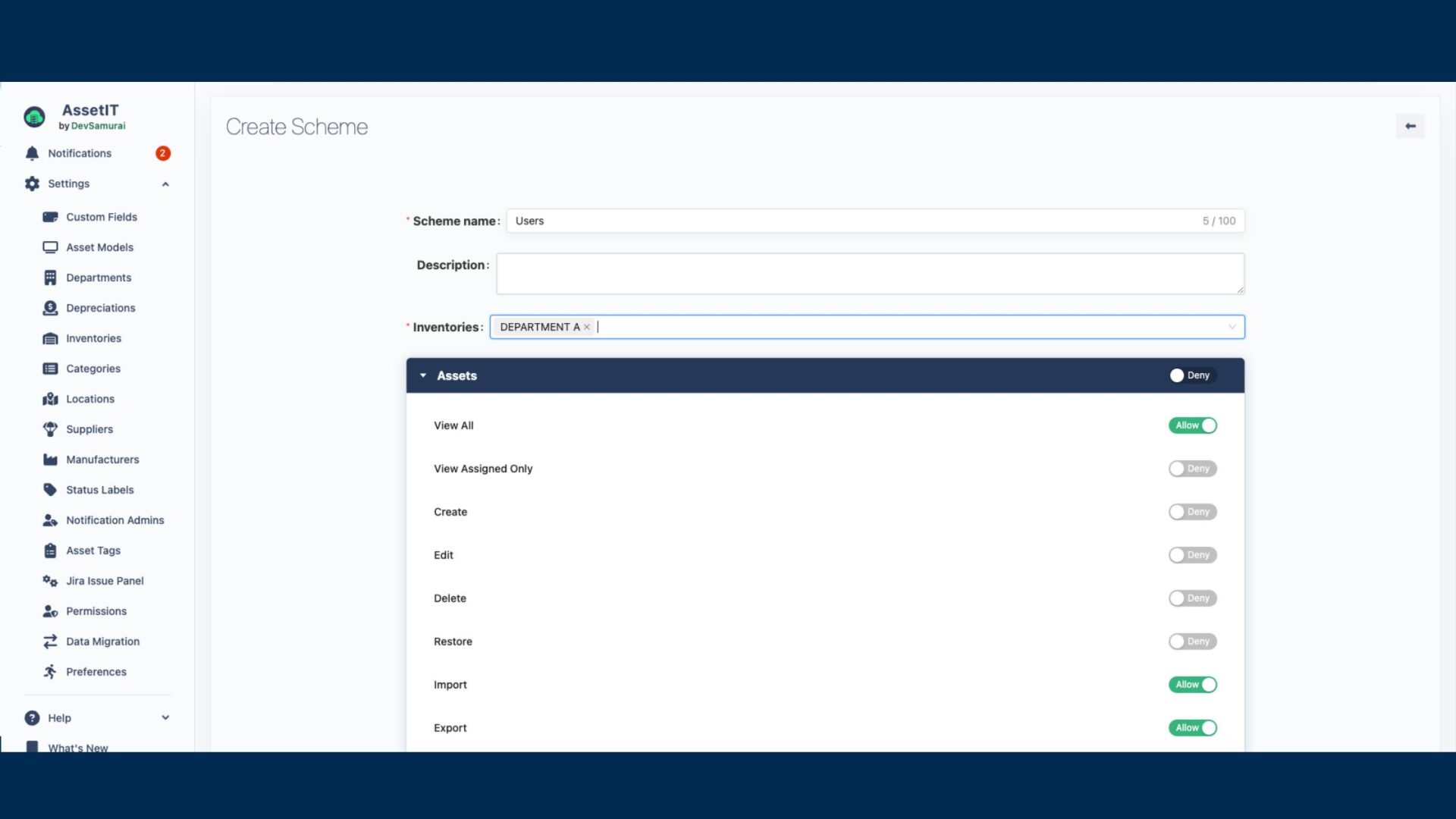Community resources
Community resources
Community resources
Best Practices for Asset Inventory in Jira: Tips for Optimizing Asset Tracking Using Jira
Jira asset inventory is the process of tracking and managing an organization's assets, such as hardware, and software within Jira. Effective asset management ensures that assets are used efficiently, maintained properly, and replaced when necessary. By keeping a detailed record of assets, organizations can reduce costs, improve operational efficiency, and mitigate risks associated with asset mismanagement.
Jira, originally designed as a project management and issue tracking tool, has evolved into a versatile platform that can also support asset inventory management. Utilizing Jira for asset management allows organizations to leverage its robust workflow capabilities, customizable dashboards, and seamless integrations to create a comprehensive asset management solution.
What is Jira inventory management? Learn more here: Jira Inventory Management: What, Why, and How.
Overview of AssetIT for Jira Asset Inventory
AssetIT is a powerful app designed specifically to manage Jira asset inventory. It provides a dedicated interface for tracking and managing assets, integrating seamlessly with Jira's existing issue tracking and project management functionalities. AssetIT allows users to catalog assets, assign ownership, track usage, and monitor asset lifecycles from acquisition to disposal.
Key Features of AssetIT
- Customizable Fields: Define specific attributes for each asset type, such as serial numbers, purchase dates, and warranty information.

- Inventory Management: Designed to handle multiple entities within large organizations, functioning like smaller, dedicated instances of AssetIT within a larger, overarching system.
- Integration with Jira Workflows: Enhance asset tracking by integrating assets into Jira's existing workflows, such as incidents, service requests, or maintenance tasks.
- Automated Notifications: Receive alerts for upcoming refills of accessories, components, or consumables, warranty expirations, or other important asset-related events.
- QR codes: Generated for each asset, providing a quick and efficient way to access asset information using mobile devices.
Benefits of Using AssetIT for Asset Management
- Centralized Asset Tracking: Consolidate all asset information within Jira, providing a single source of truth for asset management.
- Improved Efficiency: Streamline asset management processes with customizable workflows and automation, reducing manual effort and errors.
- Enhanced Visibility: Gain insights into asset performance and utilization through customizable reports and dashboards.
Configuring AssetIT for Your Specific Needs
AssetIT offers extensive customization options to tailor the app to your organization's asset management needs:
- Define Asset Categories: Create categories for different asset types (e.g., hardware, software, licenses) to organize assets more efficiently.
- Customize Fields and Layouts: Add custom fields to capture essential asset details, such as location, owner, or status. Arrange these fields in a layout that best suits your workflow.
- Set Up Permissions: Control access to asset data by configuring user permissions, ensuring that only authorized personnel can view or edit asset information.

Best Practices for Optimizing Asset Tracking in Jira
To make the most of Jira asset inventory management with AssetIT, consider implementing these best practices:
Organizing Your Assets Efficiently
- Resource Grouping: Classify your IT resources according to their functions. For example, add your desktops to the "Assets" group because assets in AssetIT are central items that can be linked to other resources. Meanwhile, keyboards, mice, or cables are Accessories that can be assigned to a user or an asset.
- Leverage Asset Tags: Utilize asset tags to identify assets with customizable, unique digits uniquely.
![]()
Integrating Workflows with AssetIT
- Link Assets to Service Requests: Integrate assets into service requests or incident tickets to streamline support and maintenance processes.
- Automate Status Updates: Configure workflows to automatically update asset statuses based on workflow transitions.
Setting Up Dashboards for Asset Tracking
- Choose Relevant Gadgets: Use Jira gadgets that display AssetIT’s data and key asset metrics, such as showing Accessories by Departments.

- Customize in-app Dashboard: When first entering to AssetIT, you will see the dashboard with an overview of your data. Let’s take this advantage and show you any critical data that meets your needs.
Tracking Asset Lifecycles in Jira
- Define Lifecycle Stages: Clearly define the stages an asset goes through, such as "New," "In Use," "In Maintenance," and "Disposed."
- Update Status Automatically: Use Jira's automation features to automatically update an asset's status as it moves through its lifecycle stages.

Conclusion
Optimizing asset inventory management in Jira with AssetIT offers numerous benefits, including improved efficiency, better asset visibility, and streamlined processes. By following best practices such as customizing workflows, automating processes, and ensuring data accuracy, organizations can maximize the value of their asset management efforts in Jira.
Continuous optimization and training are essential to maintaining an effective asset management system. Encourage teams to embrace asset management as a critical component of their daily operations, leveraging the full capabilities of Jira and AssetIT to achieve organizational goals.
FAQs
- What is Jira asset inventory?
Jira asset inventory refers to the process of managing and tracking organizational assets within Jira using tools like AssetIT. This includes cataloging assets, monitoring their usage, and managing their lifecycle from acquisition to disposal. - How do I set up asset inventory in Jira with AssetIT?
To set up asset inventory in Jira with AssetIT, install the AssetIT app from the Atlassian Marketplace, configure asset categories and fields, and integrate the app with Jira workflows to start tracking and managing assets. - Can Jira handle complex asset management workflows?
Yes, Jira can handle complex asset management workflows by leveraging its customizable workflow engine. Users can create workflows that track asset lifecycles, integrate with service requests, and automate tasks like maintenance and approvals. - What are some common challenges in Jira asset management?
Common challenges in Jira asset management include dealing with large volumes of assets, managing data across multiple locations, and ensuring user adoption. Overcoming these challenges involves optimizing data organization, creating location-specific workflows, and providing comprehensive user training and support. - How much does Jira asset inventory cost?
Jira asset inventory tools like AssetIT are free for a team below 10. It has pricing plans based on the number of Jira users. You can see exactly how much it will cost your team by entering the number of your team size here.
Was this helpful?
Thanks!
Emily _ DevSamurai
About this author
Partnership Manager
DevSamurai
Tokyo, Japan
19 accepted answers


0 comments